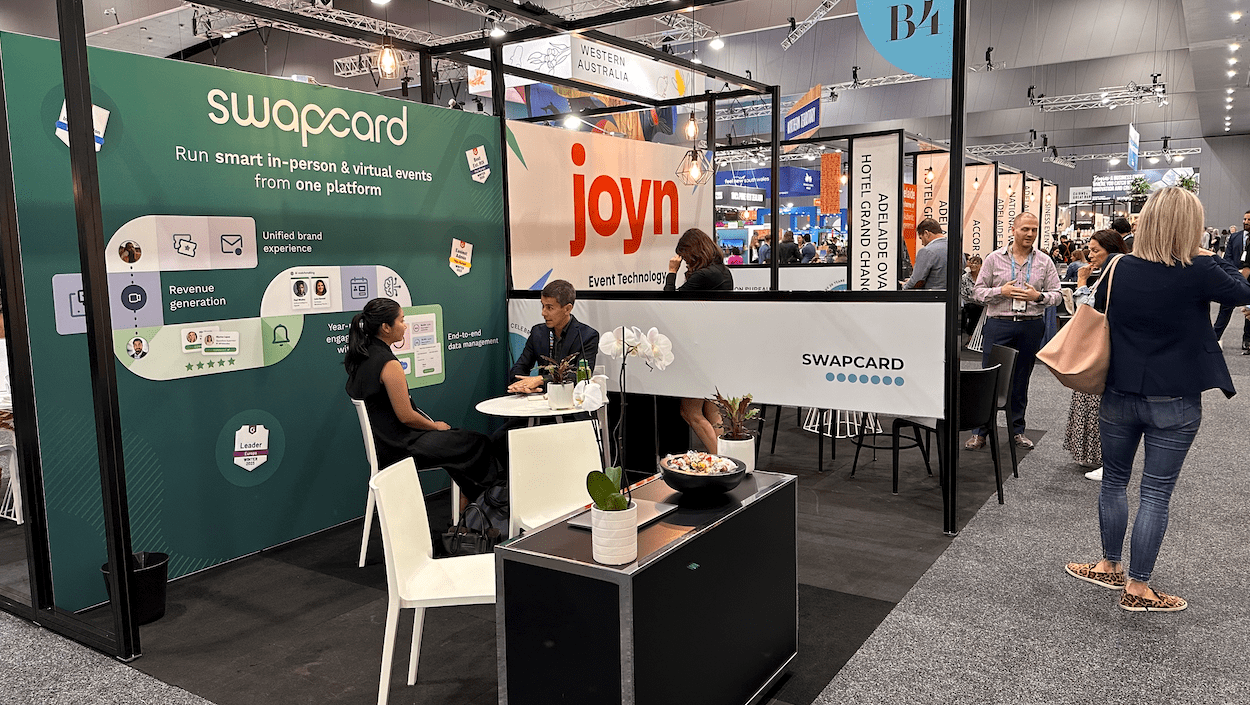Trade show events are the perfect opportunities for businesses to build brand awareness, generate leads, and connect meaningfully with industry leaders.
However, fierce competition in an ever-expanding global market means that having the best product or service can no longer guarantee a long line of leads at your booth.
To capture and retain your audience's attention, look no further than content.
Engaging content can build brand awareness and loyalty, generate leads, increase revenue, and so much more.
Keep reading and we’ll show you how!
Define your content goals
There’s a lot that content can do, from building credibility with your audience to creating brand awareness in your industry and generating new leads. Clearly defining your goals is an essential first step for every piece of content you create. This will ensure it aligns with your content strategy and overall business goals. When starting off, you can define broad content goals, then add metrics based on initial performance.
Here are some goals you might consider:
- Increase brand awareness: If your aim is to attract as much attention to your brand as possible, try attention-grabbing headlines on hot topics in blog articles and on social media. Be careful not to fall into the trap of producing clickbait content. It can take months to build a brand reputation and only one viral post to tear it down.
- Convert: Generate highly qualified leads by addressing your target audience’s pain points and detailing how your service or product solves them. Sharing customer success stories through YouTube ads or blog articles are excellent examples to follow.
- Inform & educate: One of the best ways to build a loyal community is to consistently provide value. Tutorials and guides are examples of content that educate your audience.
- Entertain: Meme marketing is all the rage right now. Your community wants to learn, but they want to have a good time doing so.
Other popular event content goals include driving engagement, establishing your brand as an industry thought leader, and driving platform adoption and retention.
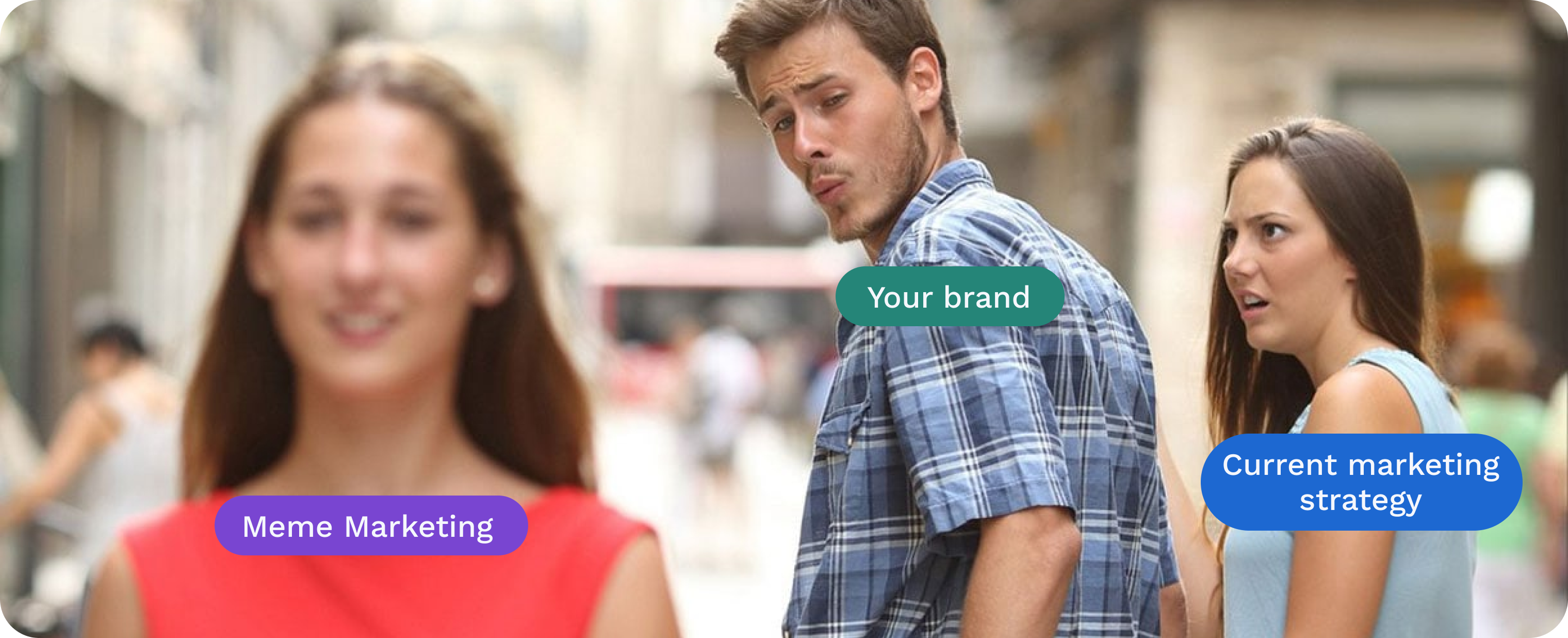
Get to know your audience
Content that engages tech-savvy teens differs from content that engages a middle-aged corporate executive. Before you start creating any content, it is crucial you have a thorough understanding of who your target audience is, and what their preferences and pain points are. For your content to be engaging, it must be deeply tailored to your audience, and it must address their specific needs and interests.
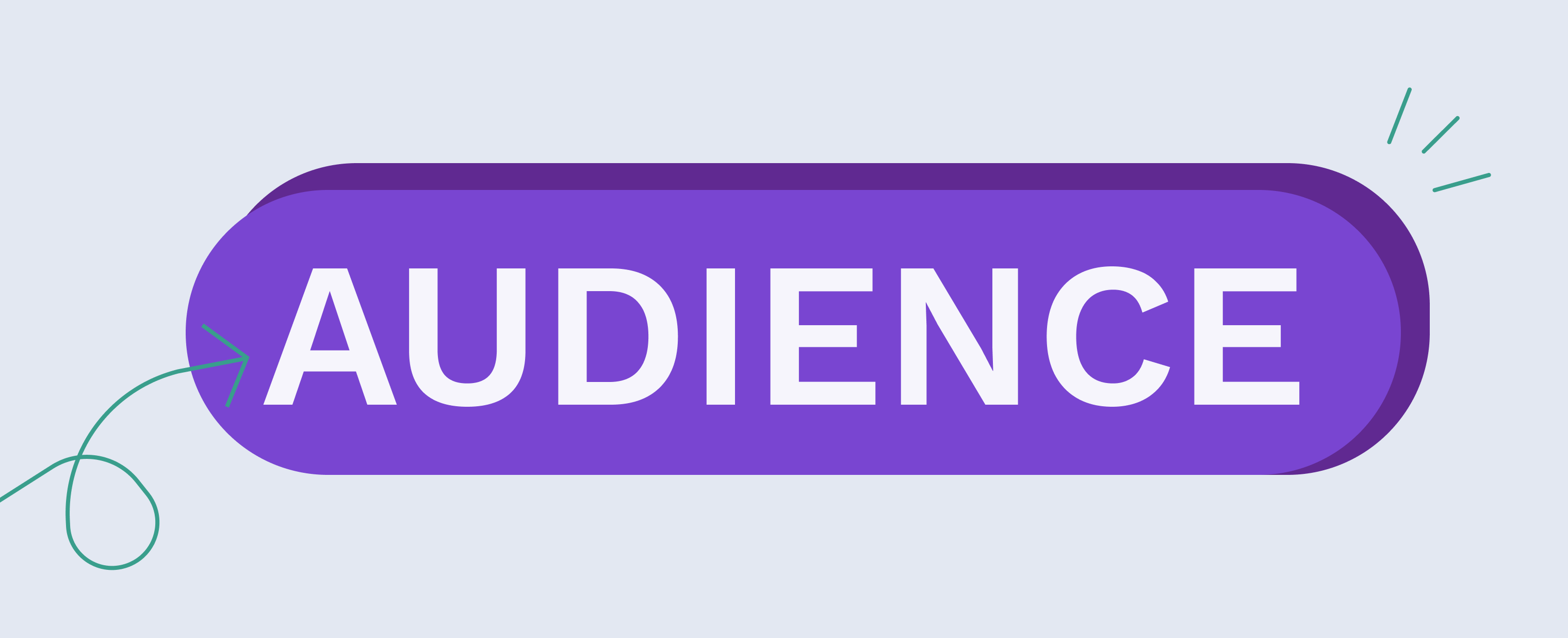
To better understand your audience you can conduct market research. One way is to speak with top-performing exhibitors and sponsors and send the leads they marked as highly qualified a survey.
Include questions that will help you create clearly defined customer personas and gain a better understanding of the type of content they want to consume. Pay close attention to the job title, geography, position, seniority, and industry of the leads your exhibitors collected and marked as qualified.
Plan your event content
Regardless of if you’re hosting an in-person, hybrid, or virtual event, the planning of your content strategy is just as important as the execution. Once you’ve defined your goals and mapped out your audience, take some time to select the subjects you want to cover in your content, and in what format you want to present it.
.png?width=3040&height=1236&name=In-Article%20%E2%80%93%20Plan%20Your%20Event%20(1).png)
Choose your event and content format
On-site events are typically trade shows or corporate events with keynotes, workshops, panel discussions, sales kickoffs (SKOs), and conferences. While hybrid and virtual events also have these components, webinars will also play a much larger role.
When choosing your event's format, it’s important to keep in mind that different content formats produce different types of content. For example, event content for an SKO may include videos, quizzes, product training workshops, and surveys, while the main event content at a keynote, would be a presentation.
Take the time to select the event format that aligns with your content marketing goals and resonates with your target audience, then consider a mix of blog posts, videos, infographics, social media campaigns, and email newsletters to maximize your reach and engagement. Also, opt for evergreen content that brings a steady stream of traffic long after it was created.
Choose your topic
Whatever topic you choose has to align with your overarching content goals and address the needs and values of your target audience. Conduct an audit of your existing content to see what topics are driving traffic and converting them into leads. When building your content strategy, make sure you plan content for every stage of the event lifecycle, including pre-event, during the event, and post-event - more on this below.
Bonus tip: Let AI lend you a robotic hand. Use tools such as Chat GPT to speed up the ideation and research phase.
Create your content
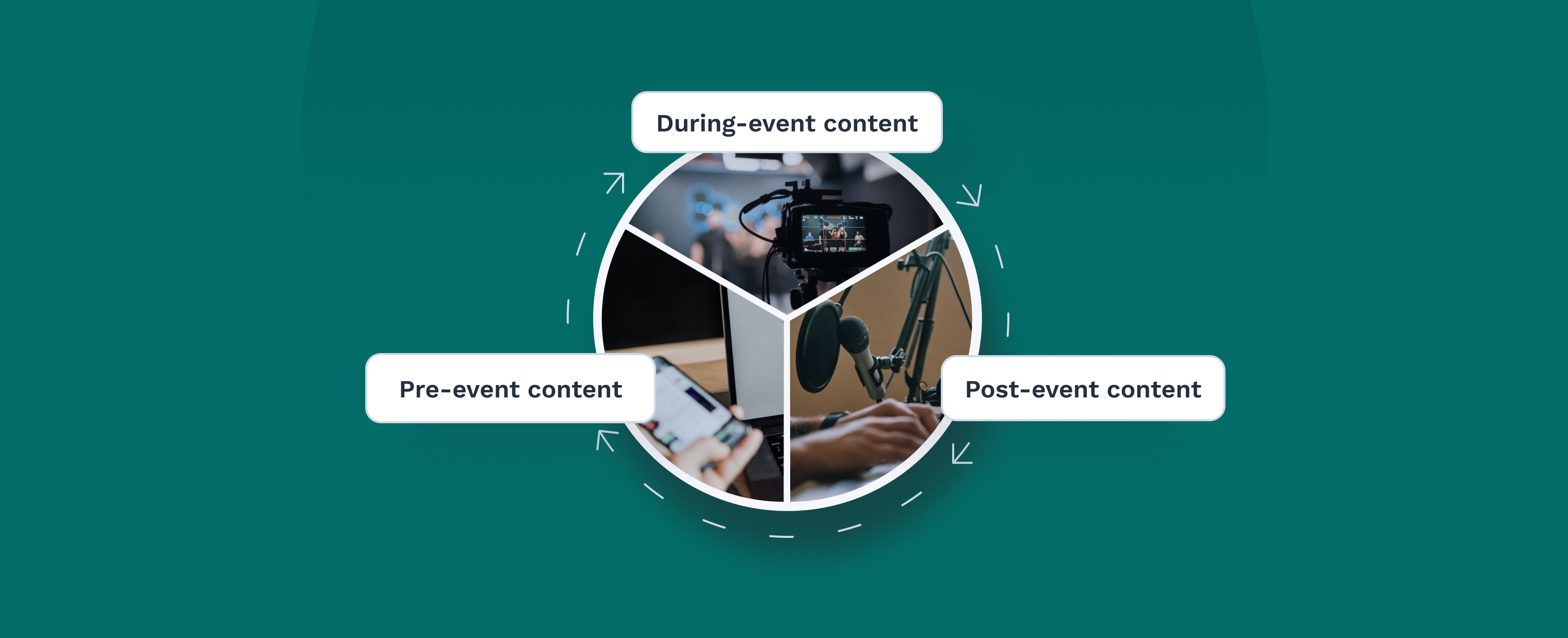
When drafting your event content, using a content template is a great way to save time and streamline collaboration. There are many different templates available, and it’s up to you to find the most efficient way to plan your content. Regardless of the template you opt for, it’s a good idea to label what part of the event lifecycle stage the content will cover.
Let’s take a closer look at the importance of creating content at every stage of the event lifecycle.
Pre-event content
It’s all about the buzz, baby! 🐝
Sharing content before an event helps to build excitement and increases the likelihood of your audience interacting with your event on D-day.
Here are some pre-event content ideas to try:
- Share sneak peeks or behind-the-scenes footage that show the preparations for the event on social media. The aim is to give attendees an idea of what they can expect from your event and whet their appetite.
- Release blog posts that use storytelling to emphasize the pain point that your event will be helping solve.
- Announce speakers and industry experts that will be participating in email newsletters.
Bonus tip: Leverage influencer partnerships and collaborate with event sponsors to extend your reach.
During-event content
In today’s digital age, attendees expect more. Whether you’re hosting an in-person, hybrid, or virtual event, you need to use content to capture and retain their attention.
- Live streams are an excellent way to keep virtual attendees engaged. Swapcard has an in-house tool that allows organizers to power live streams in seconds, at no extra cost.
- During virtual events use high-engagement tools such as polls, games, and challenges. Swapcard offers a social media-style newsfeed for community members to share updates.
- Leverage social media platforms and event-specific hashtags to foster discussions, share updates, and encourage attendees to share their experiences. Go even further by embedding a social wall e.g. a Twitter feed directly in your event platform to encourage user-generated content.
- Replicate the VIP-session in-person experience by gating content at virtual events. For example, only premium virtual ticket holders will be granted access to a virtual roundtable with industry experts.
- Smart events are leveraging tech and data to create an immersive experience, regardless of your event type. Use data provided by the attendee to recommend sessions to attend and people to meet.
Bonus tip: Opt for an event tech platform such as Swapcard that uses AI tech to make personalized recommendations.
.png?width=3040&height=1236&name=In-Article%20%E2%80%93%20AI%20Display%20(1).png)
Post-event content
Trade shows offer unparalleled opportunities for businesses, and you’re missing out if your content ends the same day as your event.
Here are some examples of post-event content:
- Extend the lifespan of your event by repurposing your event content. There are so many ways to repurpose your event content. You can write comprehensive event summaries, publish key takeaways, create infographics, Youtube snippets, and so much more.
- Encourage attendees to provide feedback and testimonials. Create success story articles about some of the leading exhibitors at your event.
- Share data from your event with your sponsors and use it to co-create highly-engaging content.
Want an event content template to help you plan and manage content across your event lifecycle?
Of course, you do! Download it here👇
Distribute your content
The next step after creating your event content is to distribute it. It’d be a shame to have created amazing content, only to have no one know it exists. Decide how you’ll be using the various marketing channels to distribute your content effectively. The key channels you should look into are your website, blog, social media platforms, email newsletters, and relevant industry forums.
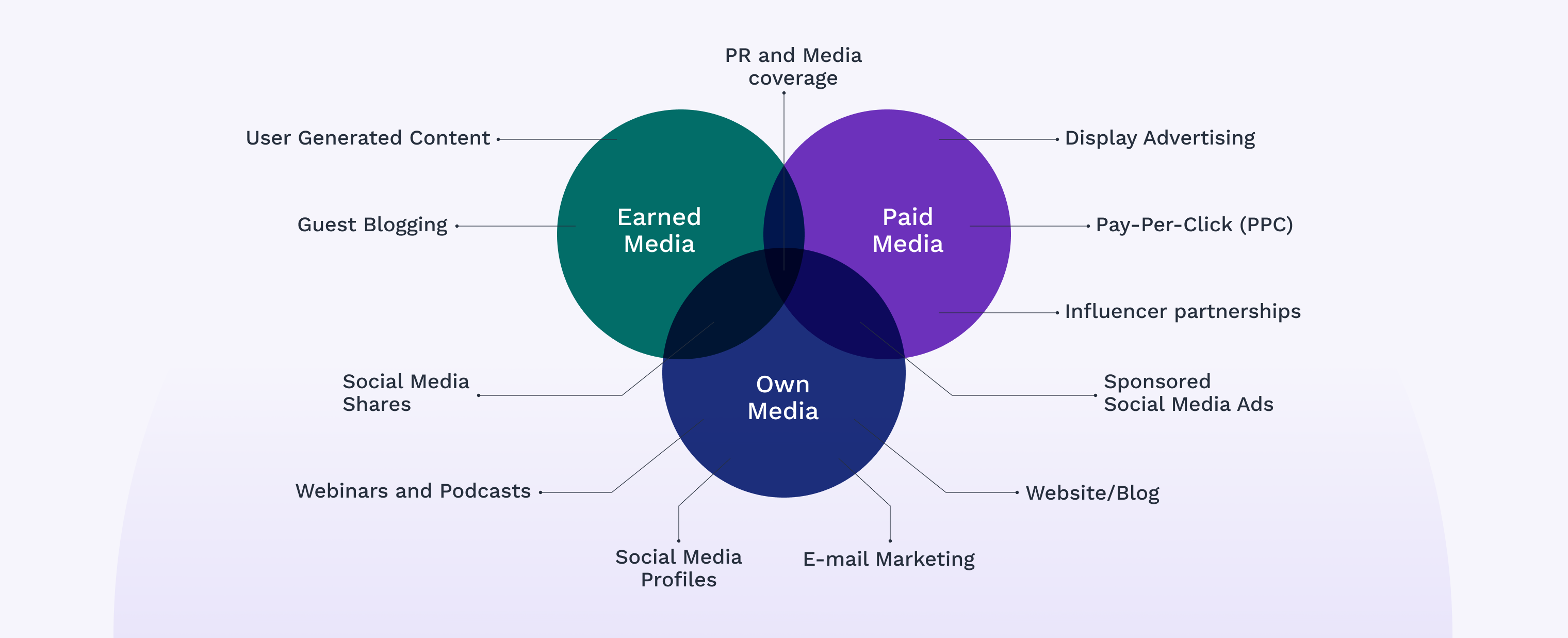
Measure the performance of your content
Tracking the performance of your event content allows you to measure attendee engagement, measure the return on investment (ROI), and make data-driven decisions when refining your content strategy.
Here are some key metrics you can track to better understand the performance of your event content:
- Registration rate: Number of attendees that have registered for a webinar.
- The number of attendees that have clicked your CTA.
- The number of attendees that have taken at least one content action (e.g. session watched/bookmarked).
- Drop rate/completion rate: If you have a high click rate but a low content completion rate (e.g. most of your readers don’t scroll through your written content or don’t watch your video sessions to the end), you may need to experiment with the content format, the tone of voice, and the length.
- Click rate and visit rate: The average number of visits to a piece of content (e.g. exhibitor's booth/product/documents), is a good indication of whether your audience is interested in the topic.
- Likes, comments, and shares: All of these forms of interaction demonstrate that you have captured your audience’s attention. Generating content that users want to share with others is the goal.
- Satisfaction rates: Ask for feedback on your content (session rating) and the overall event experience as engaging content will undoubtedly increase the overall event experience.
Iterate and improve
Once upon a time, flip phones were all the rage, then came the touchscreen smartphone. For sure you know how that story ends, but how does this apply to the content you create?
Trends change and what captures people’s attention today, may not be so effective tomorrow. To stay on top, you have to stay agile.
Here are three things you can do to ensure your content is relevant and generates qualified leads:
- Get feedback from your audience: It all starts with your target audience. Focus on understanding what your audience’s problems are, then create content that presents clear solutions. Send out surveys, conduct customer interviews, and analyze data (data is feedback too!).
- Conduct regular competitor analysis: Take a look at your competitor booths, leaflets, blogs, and social media to see if there are any content opportunities you may be missing out on. Perhaps there’s a format that’s performing particularly well that you can try with your audience. Conducting a competitor analysis does not mean blindly copying and pasting content ideas. Always check that your content aligns with your content strategy and your target audience.
- Check what industry experts are saying: While evergreen content has many advantages, it’s also a good idea to speak about topical subjects and make necessary updates as things evolve. You can join well-known event communities and associations such as PCMA (Professional Convention Management Association) and IAEE (International Association of Exhibitions and Events), or sign up for newsletters from industry experts. Here are some of our top recommendations: Skift, TSNN (Trade Show News Network), TSE (Trade Show Executive), and Boldpush.
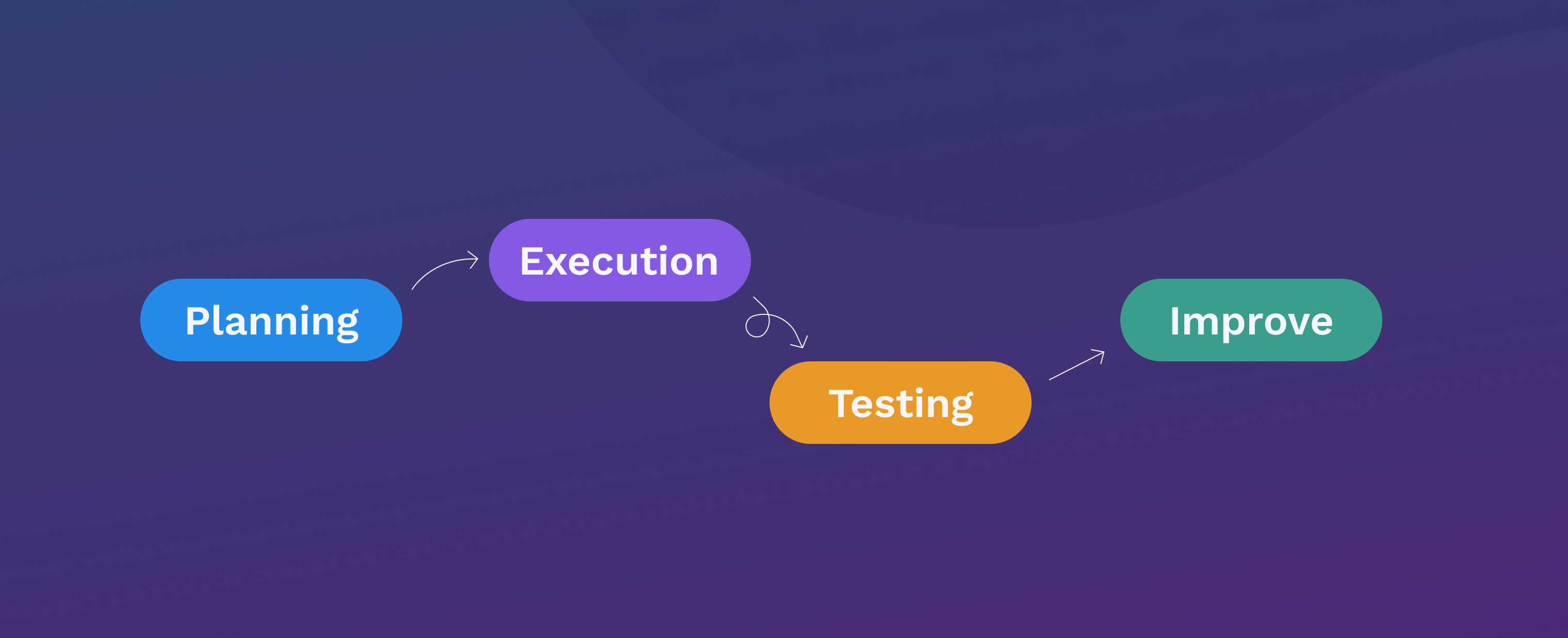 Continuously evaluate the effectiveness of your event content and experiment with different formats and tactics to keep your content fresh and engaging.
Continuously evaluate the effectiveness of your event content and experiment with different formats and tactics to keep your content fresh and engaging.
Remember, creating engaging event content for each stage of the event lifecycle requires time, effort, and a lot of research, but the payoff is undeniable. Embrace the power of storytelling and focus on creating value for your audience, and you’re sure to attract and engage your target audience.
P.S. When it comes to creating and managing event content, having the right tool makes all the difference.
Swapcard is the easy-to-use event platform that has all the tools you need to build engaging content that wows your community.
.png)

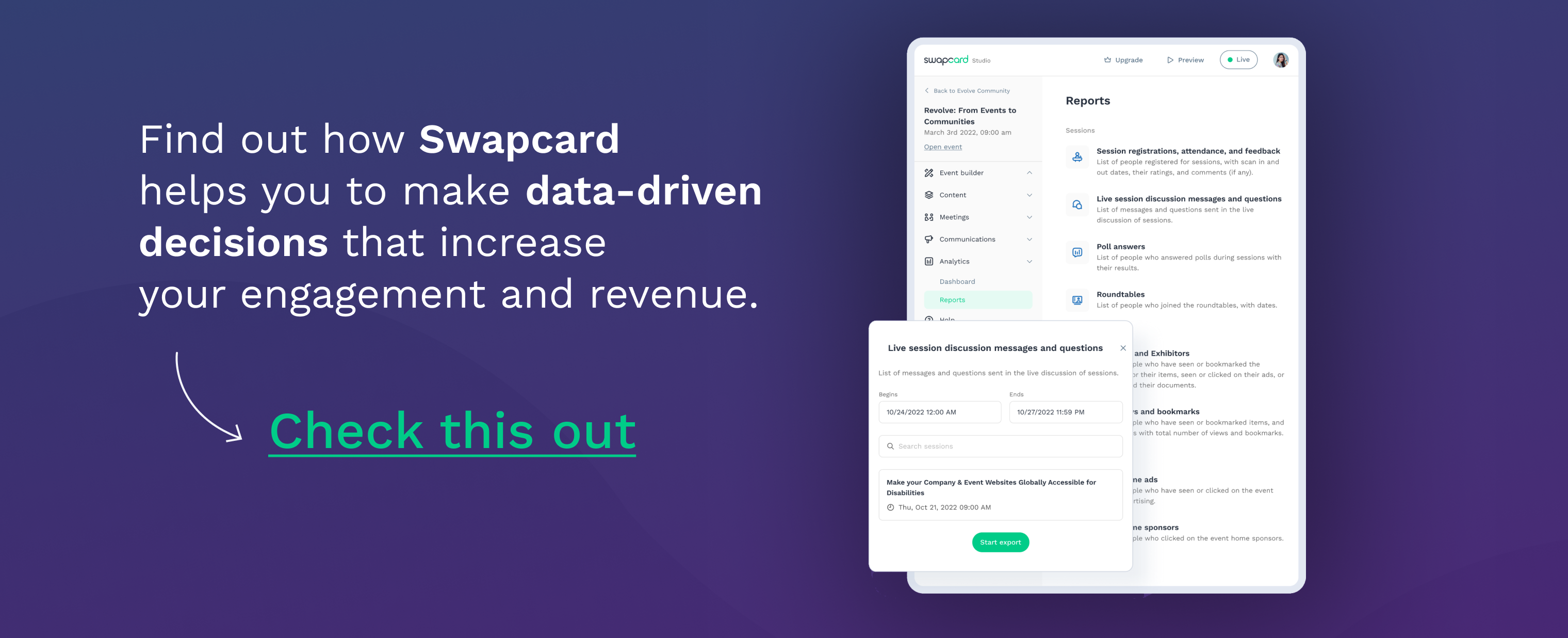


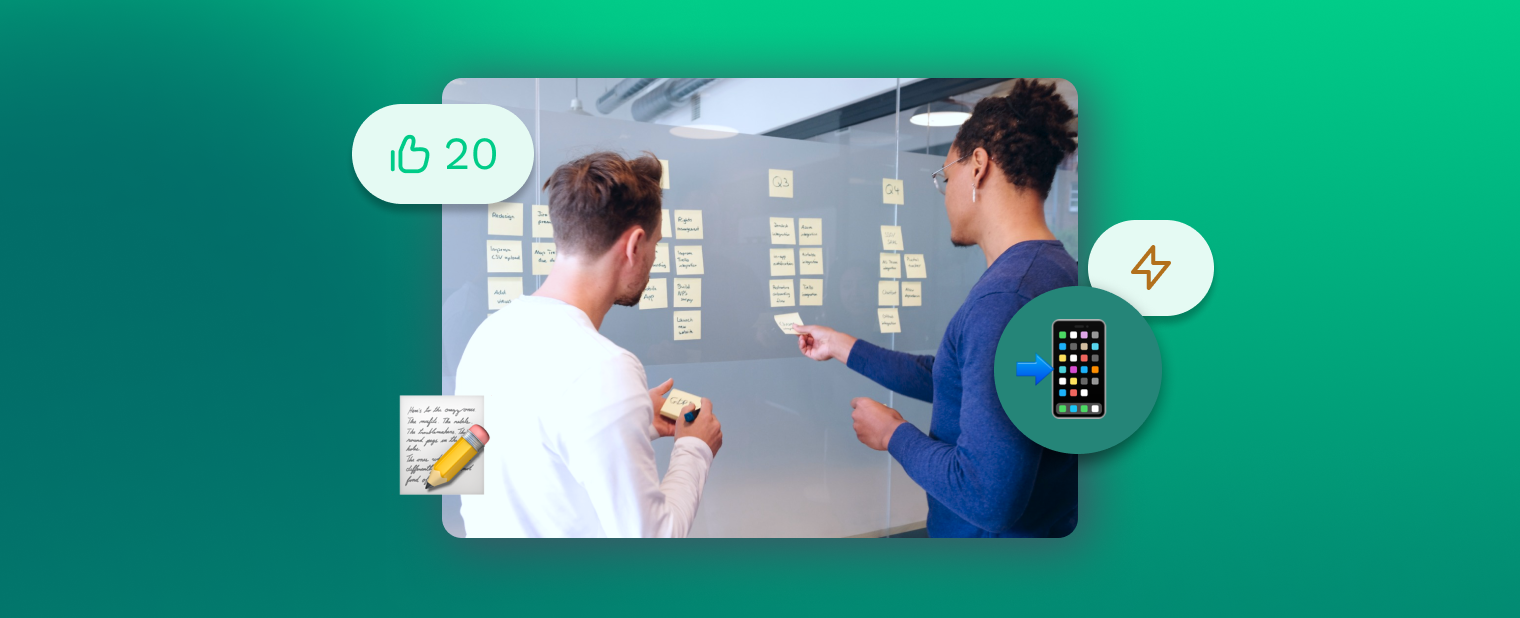
.png)
